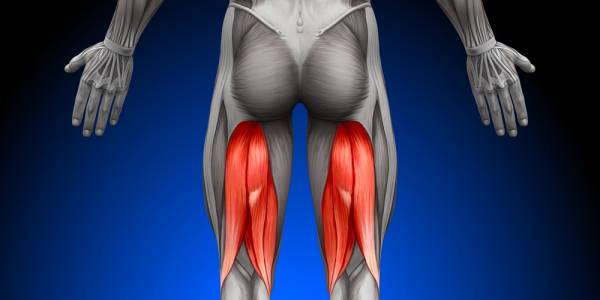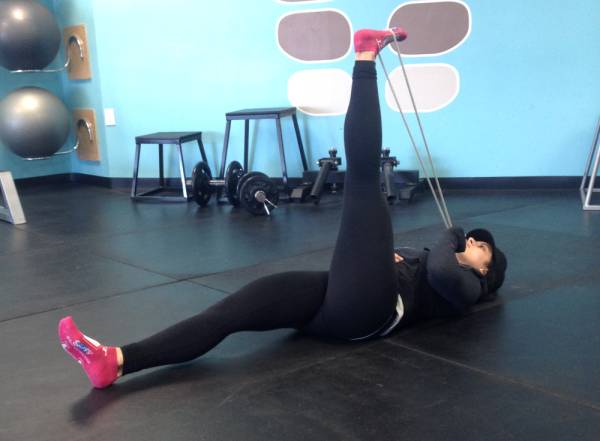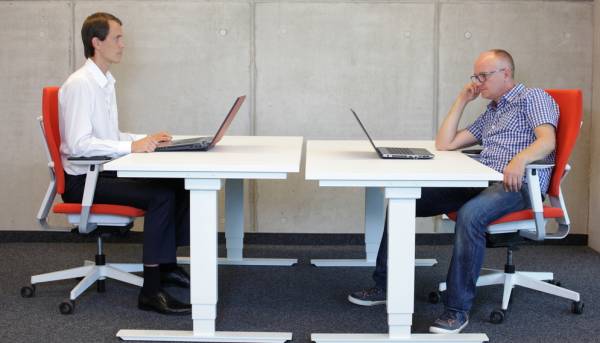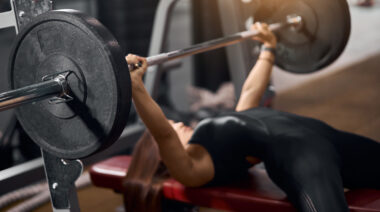A lot of people complain about tight hamstrings, and the usual exercises prescribed by physical therapists, strength coaches, and friends alike are a variety of hamstring stretches. Yes, there are times when these stretches are necessary, but there are also many times when they simply aren’t. Similar to what I wrote when discussing stretching the lumbar spine, hamstring stretching isn’t always the best thing to do.
I’m going to walk you through two scenarios:
- Where you may feel like your hamstrings are tight, but they really aren’t.
- When your hamstrings are actually tight.
Neurological Tightness Versus Mechanical Tightness
Before we break down these two scenarios, let me first explain the difference between mechanical and neurological tightness:
- Mechanical tightness occurs when a muscle is actually shortened, which is most often caused by poor posture or movement.
- Neurological tightness, on the other hand, occurs when the muscle is consistently lengthened.
What happens in the case of neurological tightness is that because the muscles are lengthened they receive additional neural input, thought to be a protective response. Essentially, the body is trying to prevent the muscle from being stretched too far, so you experience the sense that the muscle is tight.
“What happens in the case of neurological tightness is that because the muscles are lengthened they receive additional neural input, thought to be a protective response.“
The best way I can explain this is by thinking of a rubber band. Stretch it as far as you can and the band itself becomes taut. This is exactly what happens to the muscles in our body.
Scenario One: Neurological Tightness
In this situation, trying to stretch your hamstrings isn’t going to help the problem. Instead, it will simply further lengthen the tissue. You may experience some relief from stretching (similar to when you stretch your lumbar spine), but you aren’t reaching the actual problem and why you feel tight. The relief will only be temporary. Once it passes, you will feel like you need to stretch the hamstrings again, and again.
RELATED: Hamstring Mechanics During Sprinting: Insight Into Injury
To get to the root of the problem, you need to be assessed by a movement specialist. The problem could be due to a number of different factors, but the most common is a mechanical tightness of the hip flexors. If your hip flexors are tight, the pelvis can become tilted forward. Because our hamstrings are attached to the back of the pelvis, this tilting will cause the hamstrings to be maintained in a lengthened position.

This means that instead of stretching the hamstrings, you should actually be working on strengthening them so they can counteract the anterior pelvic tilt position, while also working to mobilize the anterior hip.
“If your hip flexors are tight, the pelvis can become tilted forward….This tilting will cause the hamstrings to be maintained in a lengthened position.”
Another common problem with “tight hamstrings” is that you are simply not moving properly or using proper motor sequencing. In this situation, muscles aren’t activating and firing at the appropriate time, causing your hamstring to do much of the work other muscles are supposed to do.
For example, when extending the hip, your glutes should fire first, followed by the secondary hamstrings. For many people, the glutes don’t fire properly (in some cases barely at all) and the hamstrings take over the main job of extending the hip. But the hamstrings weren’t designed to be the primary mover here, and they will therefore have to be contracted for longer – giving you the feeling of tightness.
How to Fix Neurological Tightness
One of my favorite exercises in this situation is what’s called the active isolated hamstring stretch. And yes, it does stretch the hamstrings to some degree, but more than anything this exercise is fantastic at training proper sequencing and muscle patterns. In fact, I don’t love the name of the exercise because I find it to be anything but isolated.

Active isolated hamstring stretch
To do this exercise, you lie on the ground with a rope over one foot. Then, you should squeeze your glutes, followed by your quads, and then actively lift up your leg as high as it can go.
When the leg won’t go any further, you can give a gentle pull with the rope, and hold for only about one second. Repeat this for about 8-10 reps.
“[Y]our brain learns what muscles should fire and when, allowing proper and efficient movement.”
You usually gain some significant range of motion – not necessarily because you are stretching the muscle (remember, you’re only holding about one second), but because you are training proper muscle programming. In other words, your brain learns what muscles should fire and when, allowing proper and efficient movement.
Scenario Two: Mechanical Tightness
Let’s move on to the second potential situation, where your hamstrings are actually shortened, and they are tight. If this is the case – go ahead and stretch your hamstrings. But remember, until you rectify the root cause for them being tight, you are going to be chasing a never-ending problem.
Find out why your hamstrings are short. Is it because you’re weak in the front of your hips and your pelvis is posteriorly rotated? Is it because of the position you sit in all day? Until you figure out the why, you’re not going to resolve the issue.

Left: Good sitting position; Right: Bad sitting position
The Take Home
Before you spend hours per week stretching your hamstrings, get a quick assessment and find out if in fact you should be stretching – or if you need to be working on something entirely different, like strengthening or motor programming. A movement specialist can easily assess and let you know if your muscle is physically shortened or lengthened or if you simply need to move differently. It will save you a lot of time, and prevent you from injuring yourself in the future.






